PROCESS – realization of a bronze object
LOST WAX TECHNIQUE
Except for the silicone used in the moulding process, the materials and the work techniques used haven’t changed significantly since the Bronze age, ca 3300-1300BC.
How do these factors influence the cost of today’s bronze? The bronzing material usually only costs about € 15 / kilo, however the work to produce a finished sculpted object requires many steps and quite a lot of time, and that can be relatively expensive. To give you an idea, here is a short summary.
1 / MOULDING
Moulding of the sculpture/object, that means making a ‘negative print’ of the object.
Making the silicone mold
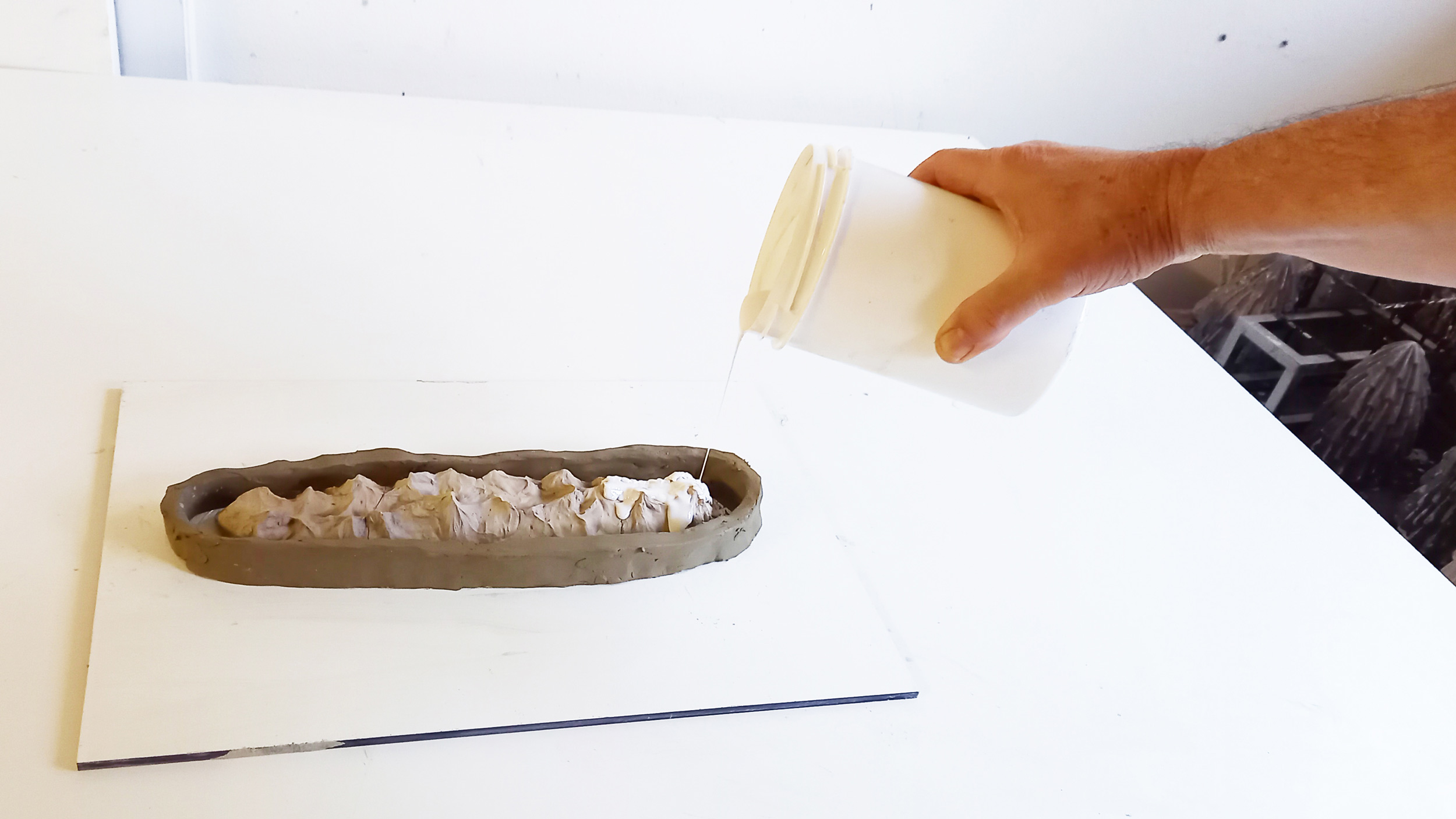

Making the plaster shell to hold the silicone

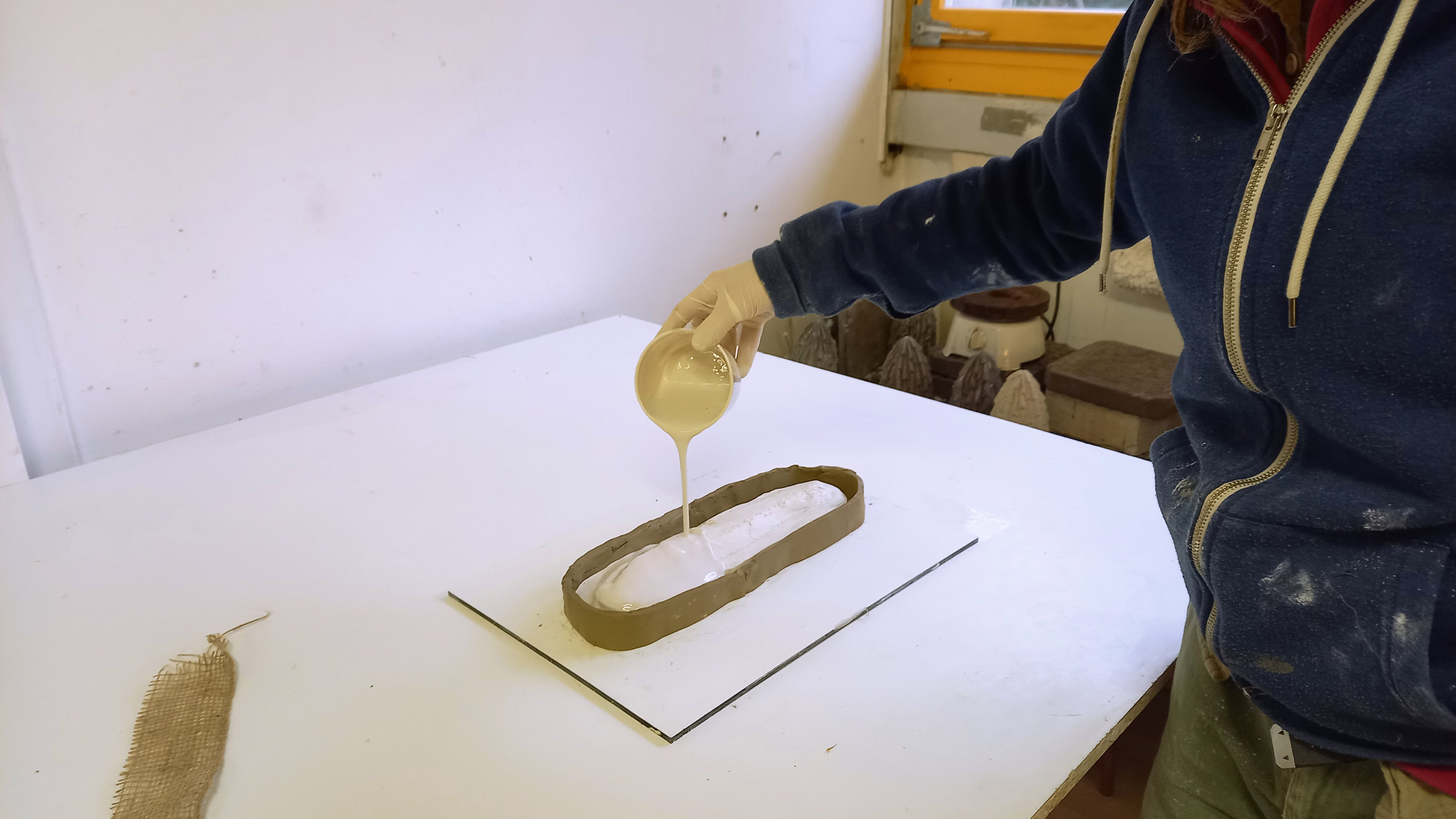
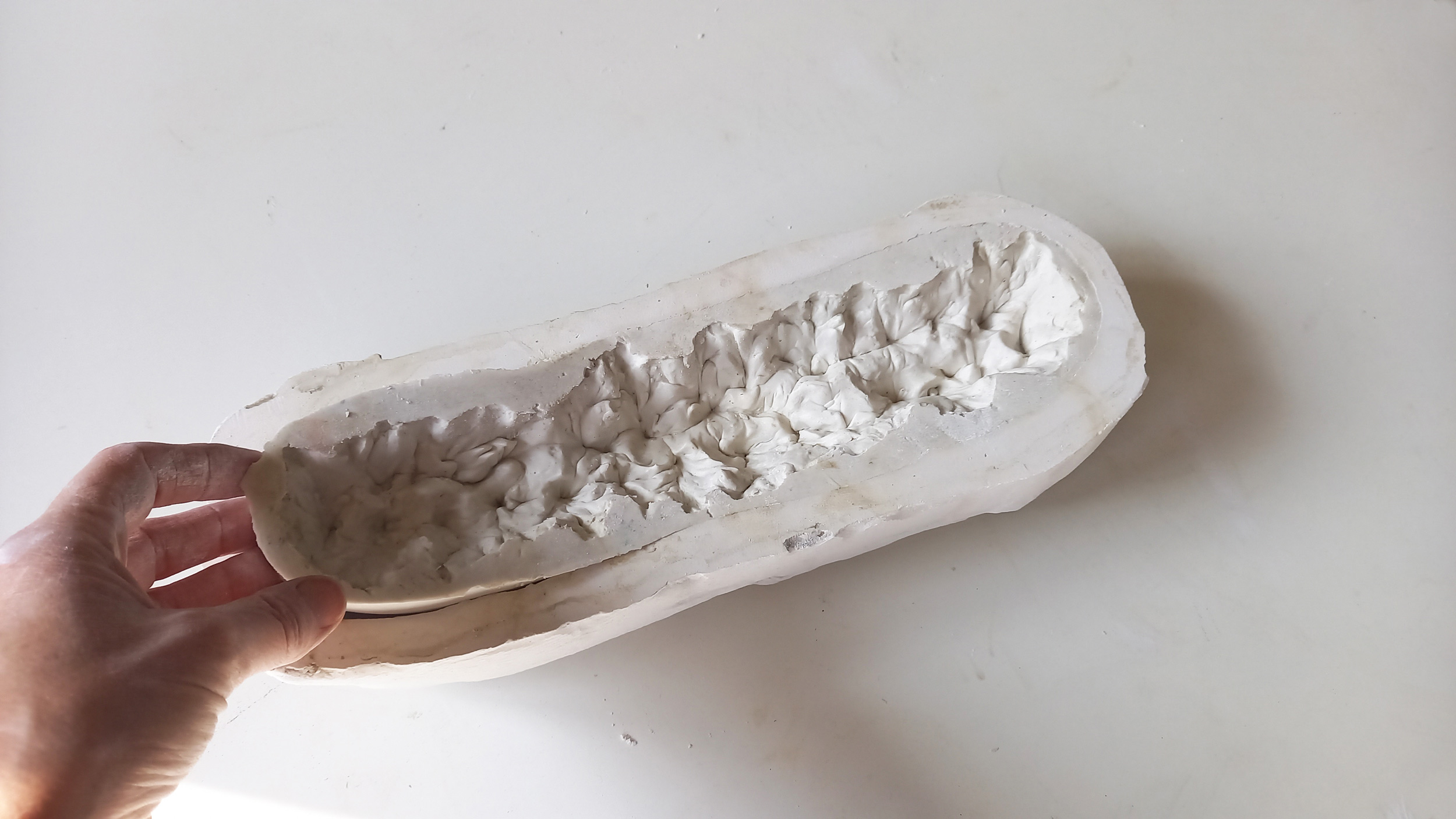
2 / WAX
Molten wax is then poured into the silicone mold to the desired thickness. This wax will later be the final result in bronze.
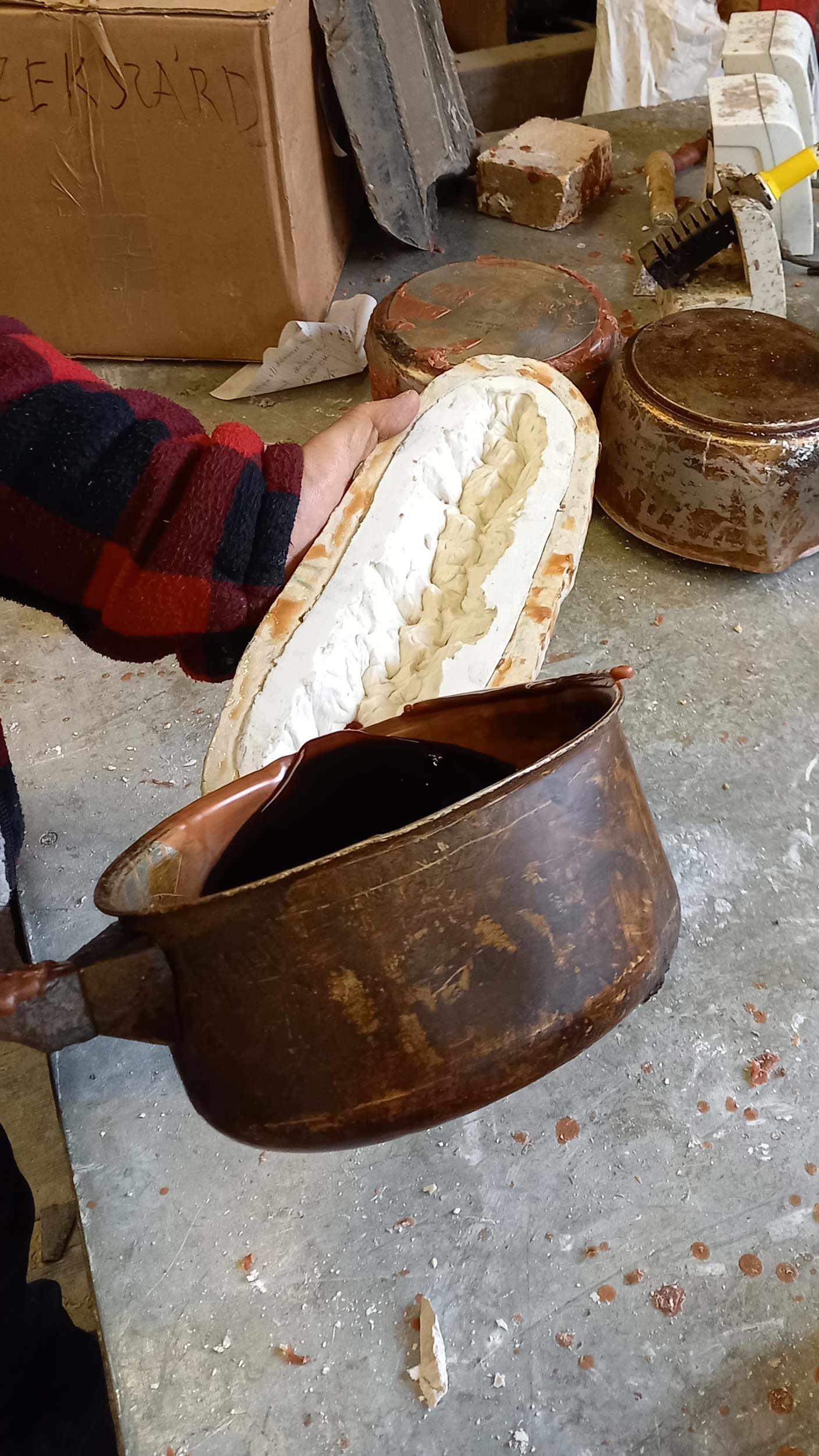
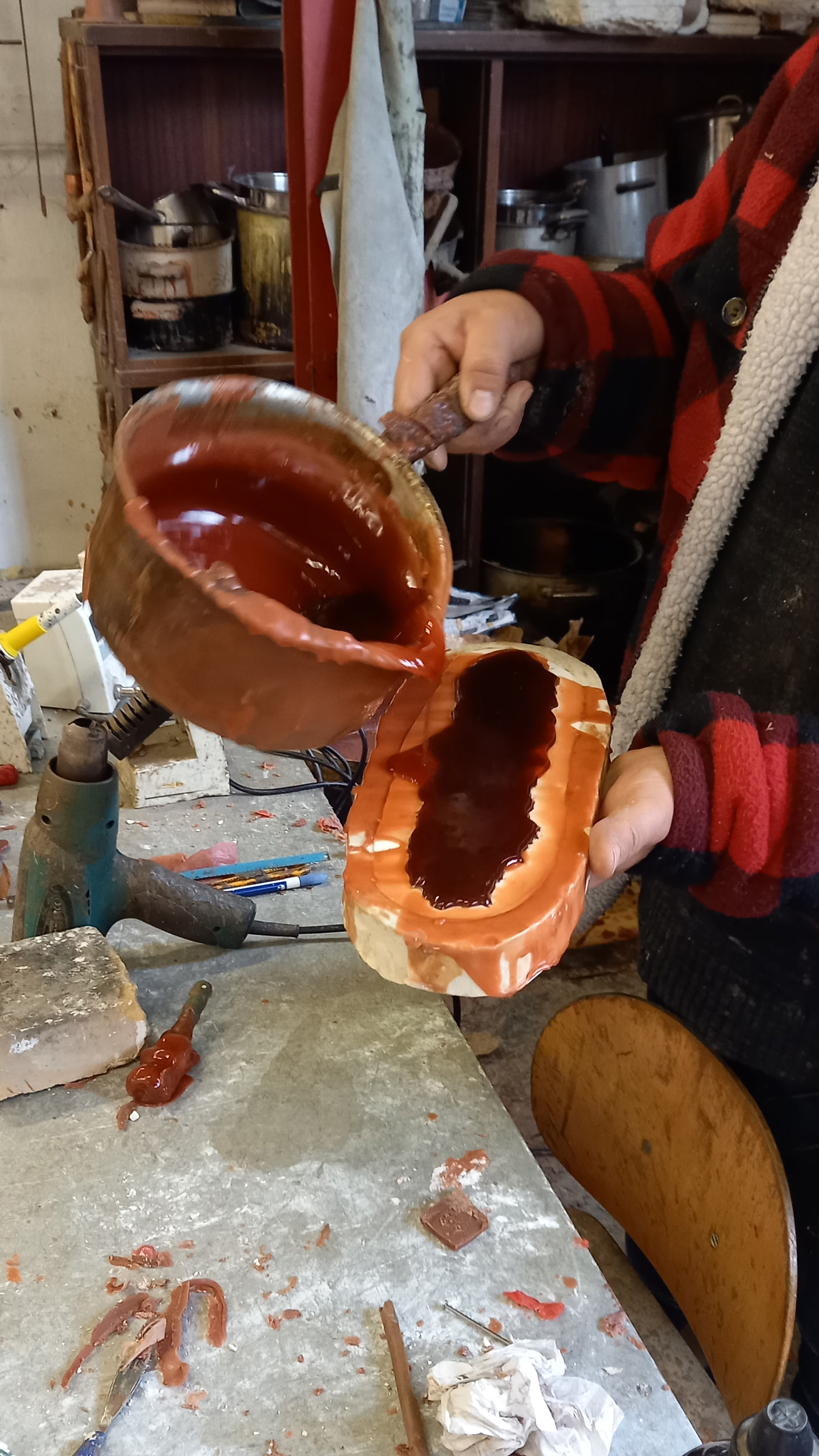

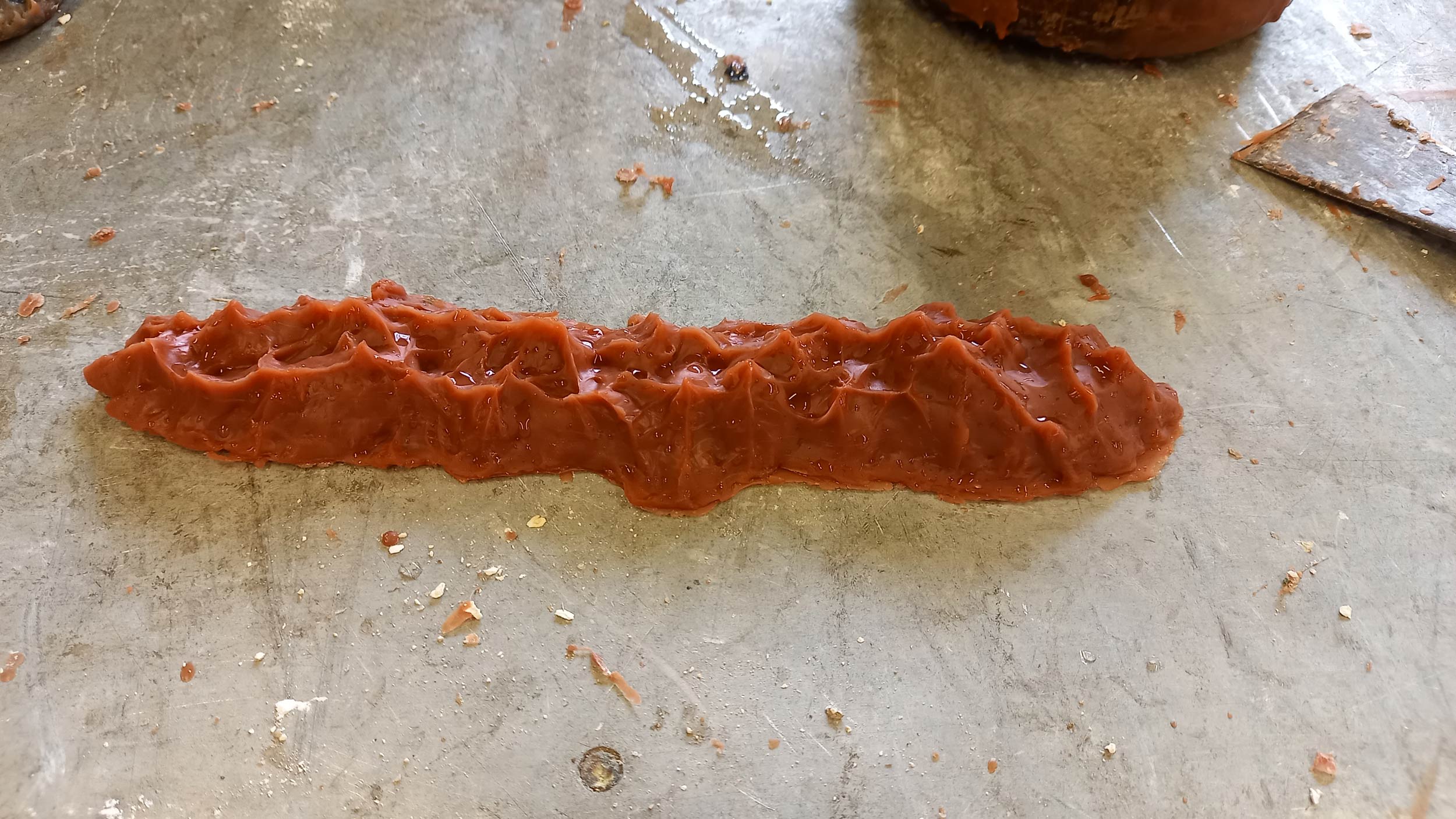
3 / SPRUES of wax
Sprues in wax are added to the wax object in the shape of a «wax tree» to provide paths, or ducts, for the molten bronze to later fill the cavity.

4 / REFRACTORY mold
The «wax tree» is put into a cylinder and coated in a slurry of refractory ceramic material, creating a mold with the imprint, or shape, of the «wax tree»

5 / BURNOUT and "lost wax”
The refractory mold is then placed in a kiln upside down, where it is heated, and hardens. This causes the wax object to melt, and burn away, leaving the imprint of the object in the mold. The wax is "lost". The cavity left by the wax is now ready to be filled with the bronze.

6 / CASTING
The bronze (classic fomula: 92% copper, 8% tin) is melted at 980°C in a crucible, then poured into the refractory mold. It fills the cavity that was previously left by the wax (the imprint of the original piece), drawn by gravity and the suction created by the porosity of the refractory mold.



7 / UNMOULDING
After casting, when the bronze has cooled a bit, the cylinder is quenched in cold water to disintegrate the refractory plaster and release the rough casting.



8 / CHASING
The sprues are cut off the cast object and recycled, and the object is then cleaned up to remove signs of the casting process : it is cleaned with a sandblaster, imperfections are repaired with a metal chisel, holes are welded, edges are smoothed, etc.



9 / PATINATION and finish
At this point, the bronze finish is very uniform and shiny. A patina finish must be added to bring out the shape and texture of the object. Each foundry has its own secret formula for doing this. The piece is heated and metallic salts are applied, creating oxidization effects. Another way is pigment solutions to impart more varied colors to the sculpture. The edges are then rubbed to make the bare bronze visible, creating an contrast with the patina. The object is then polished with wax to seal the patina and protect the piece.


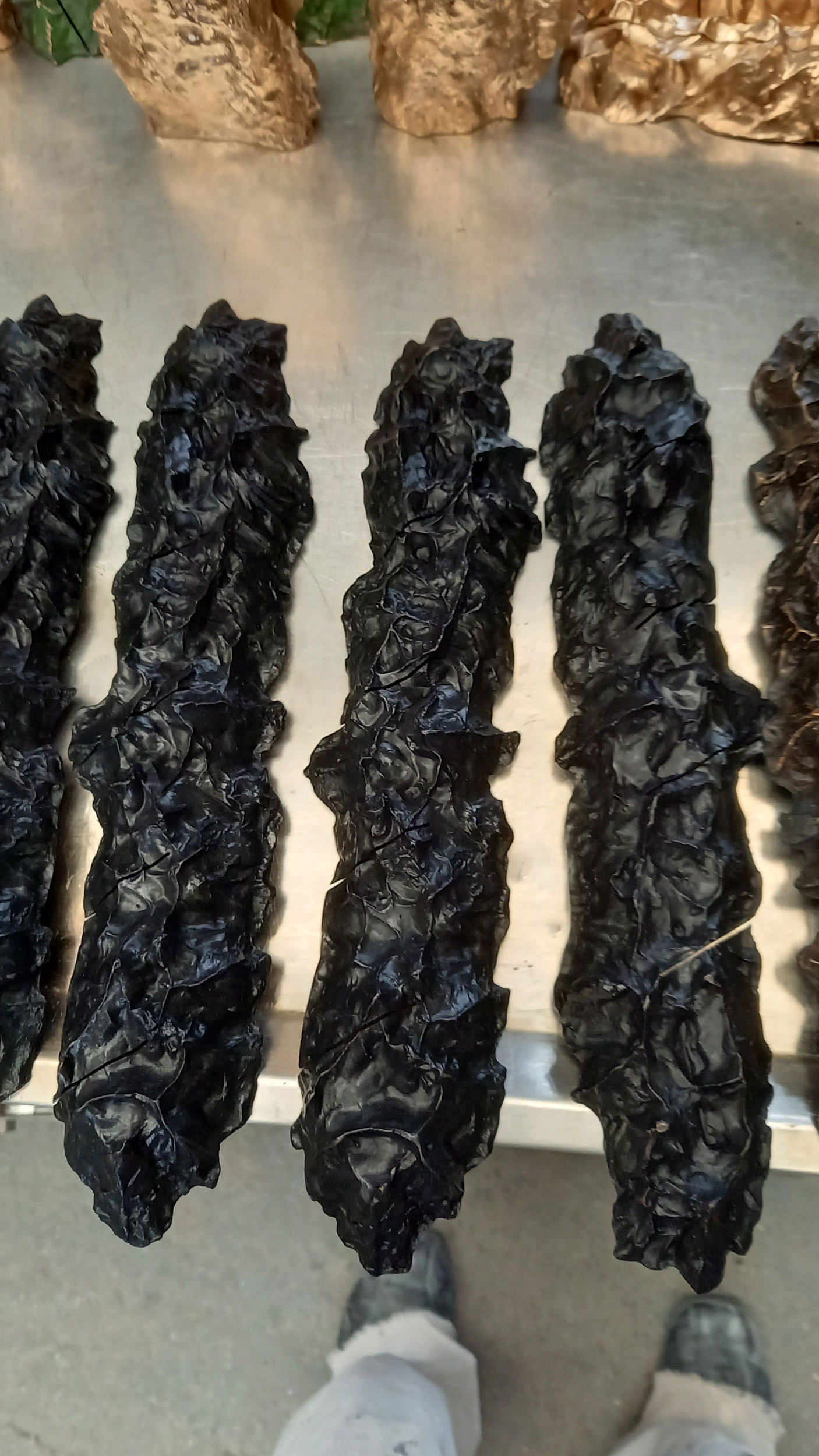
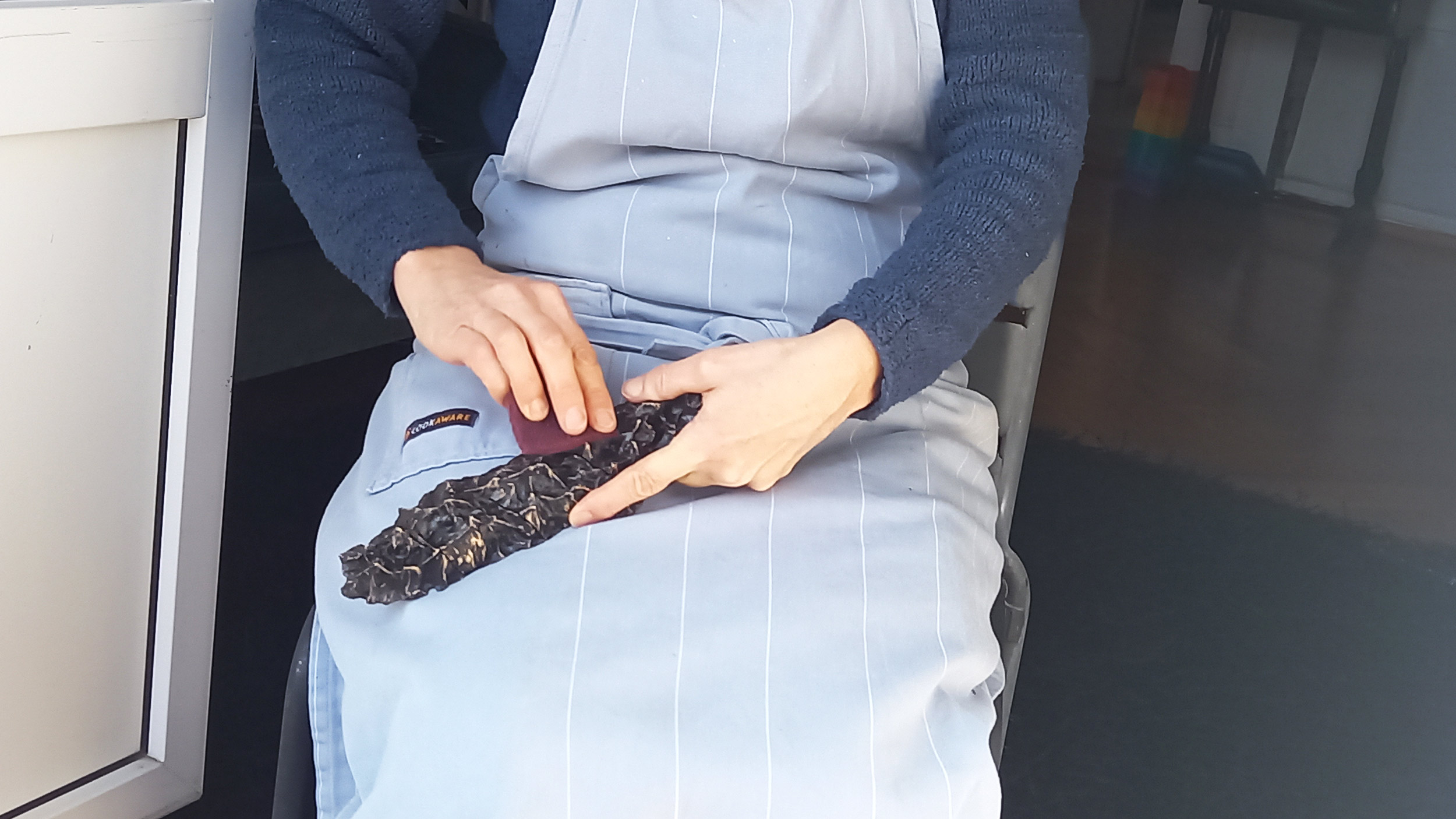

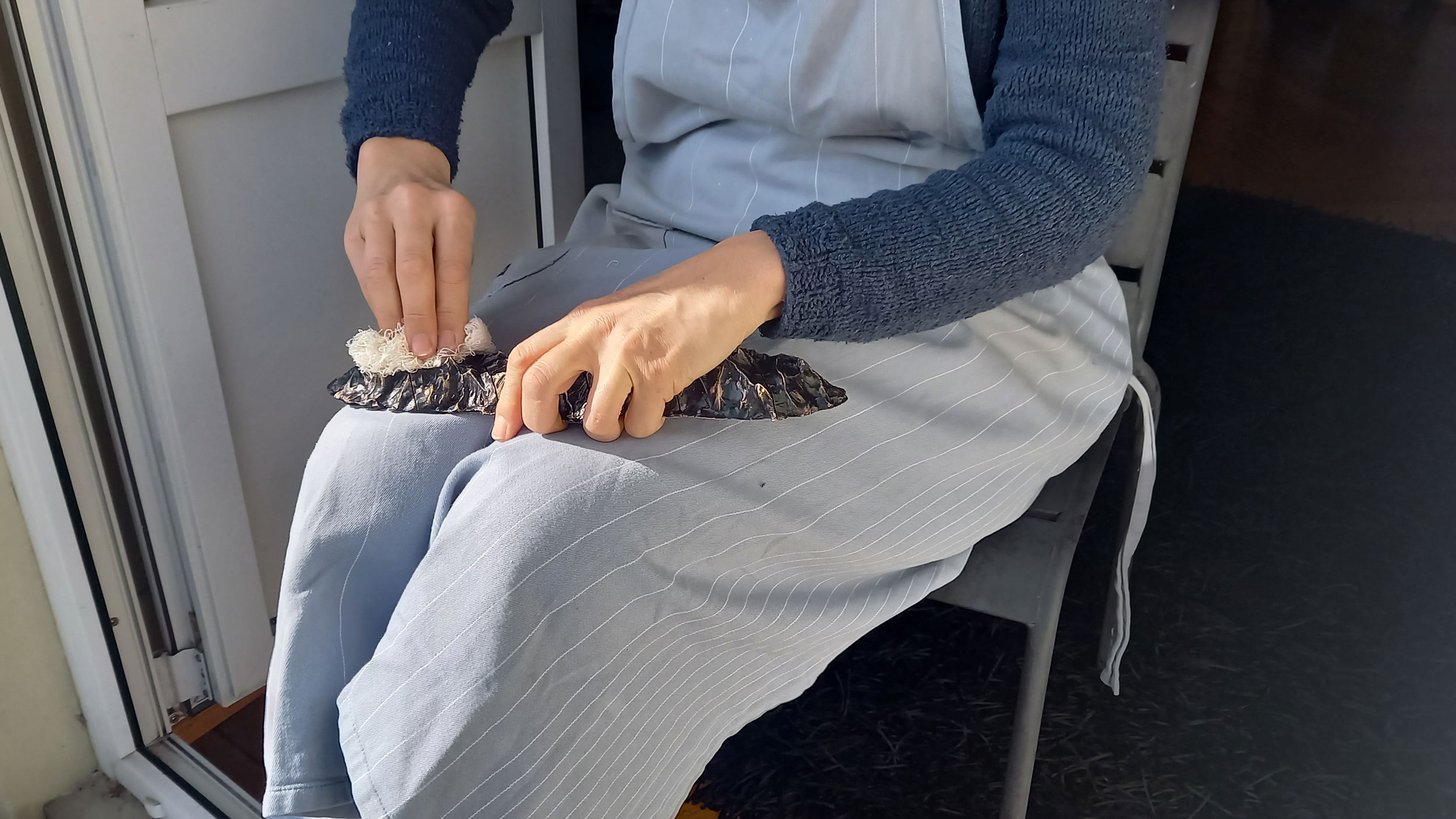

On se contacte?
salut@ateliervaudou.ch
+41 76 437 28 37